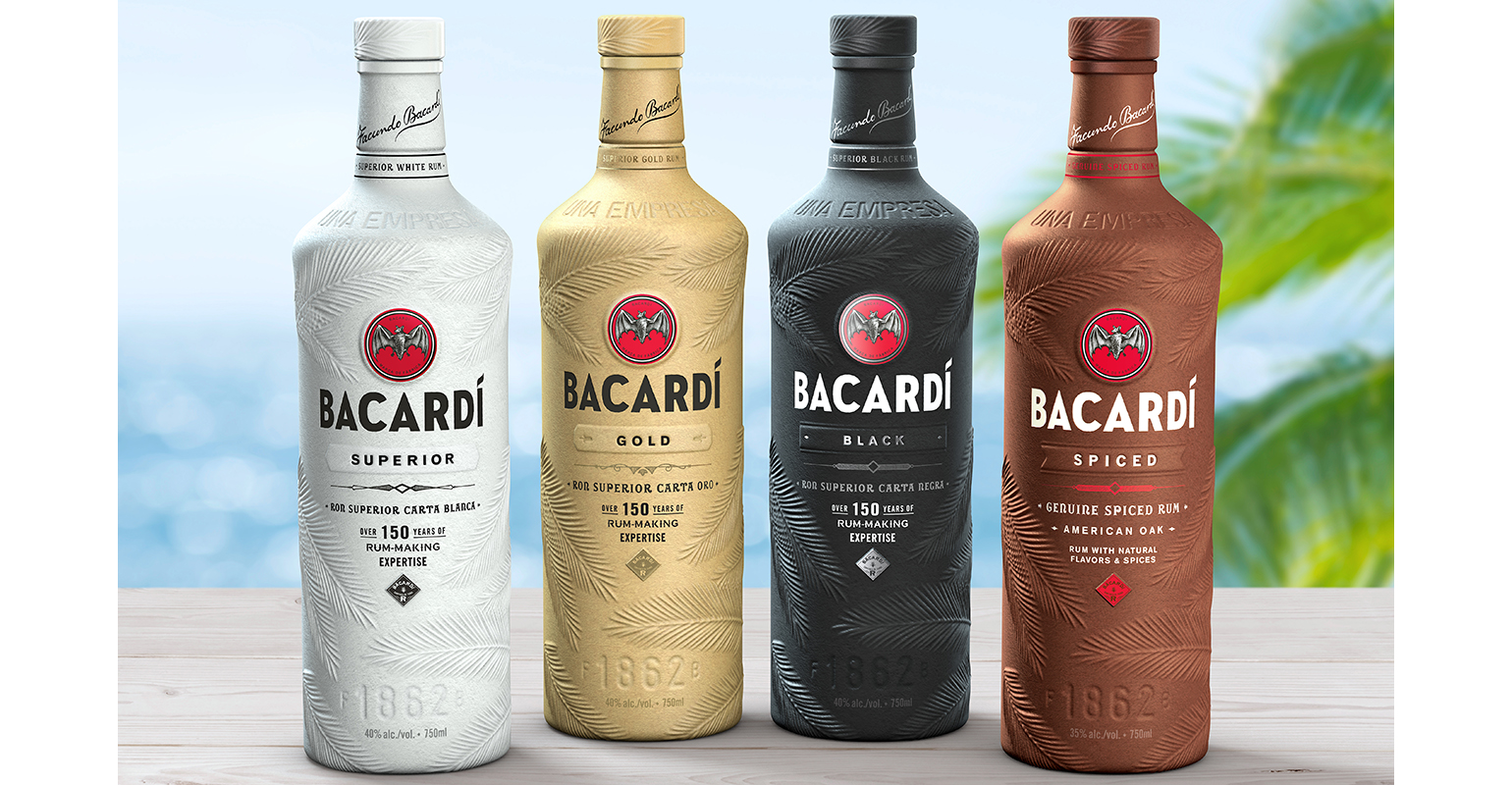
A new bottle in development for Bacardi looks like ordinary plastic. But if it ends up in a landfill or the ocean—or a backyard compost bin—the material will completely biodegrade. Called PHA, or polyhydroxyalkanoate, the plant-based material will soon start showing up in all kinds of packaging on store shelves.
PepsiCo is working on a compostable chip bag made from the material. Nestlé is working on a biodegradable water bottle. Genpak is creating biodegradable food containers. PSI is making compostable film packaging; CPG is making compostable produce bags. UrthPact and WinCup already have PHA drinking straws in the market.
“We know that with single-use plastic, one of the big issues is that compared to what gets collected, there is a lot of material that ends up in the environment,” says Rodolfo Nervi, the global vice president of sustainability at Bacardi. “So one of our objectives was to find a polymer that was, at the end of life, fully biodegradable.” The company, which aims to be plastic-free by the end of the decade, is also working on a paper bottle that uses PHA as a lining. While “biodegradable” plastic isn’t new, other options have to go to industrial composting facilities to break down (and even then, they create challenges for composters). PHA is different: it can break down without any specialized equipment.
The material’s primary ingredient is canola oil. “Plants absorb carbon dioxide, and we take the carbon out of those plants in the form of vegetable oil,” says Steve Croskrey, CEO of Danimer Scientific, the manufacturer that developed the material. “We feed that to bacteria, who convert that carbon into PHA and store it as an energy reserve. And we extract that polymer from inside the cell wall and make the plastic item out of it. So let’s just say you make a straw, and it gets accidentally thrown in a lake somewhere. When the bacteria in that lake find it, they eat it because it’s a preferred food source for bacteria. When it breaks down, it returns to carbon dioxide and water, and it’s just a big loop.”
Danimer, which has been working on the material for more than a decade, recently finished scaling up its industrial facilities to begin large-scale production. (The company also recently announced a merger agreement with Live Oak Acquisition Corp. and plans to go public.) For new product types, creating new packages will take some time—Bacardi, for example, will work with the manufacturer to tweak the packaging so that it has the needed specifications to hold alcohol. It expects that it will take until 2023 before the bottles are ready to roll out. But as Danimer creates each type of packaging, it can later replicate the approach for other brands with similar products. “Once you’ve done it once, it can be applicable to other folks as well,” says Croskrey. Bacardi plans to share its solutions with competitors, including details such as how to use PHA inside the lining of caps.
Some environmental advocates are skeptical. “Unfortunately, these packaging alternatives are not the silver bullet that companies want us to believe,” says Ivy Schlegel, a research specialist at Greenpeace USA. “They require access to composting options that provide the conditions needed to break the material down, and don’t biodegrade the same in every environment. They can contaminate recycling streams if not disposed of properly. . . . We are not going to solve the plastic pollution crisis by swapping out one throwaway material for another. Companies need to focus on fundamentally rethinking how they are bringing products to people, prioritizing reuse and refill solutions.”
Still, Croskrey says that if someone doesn’t have access to backyard or curbside composting, the material can be thrown away, because it will break down in landfills, unlike fossil-based plastic. If a small amount of PHA packaging ends up in the recycling stream, it can be recycled along with PET. The company says its products have passed the TUV Austria Marine Certification standards, which indicate it will break down if it ends up in the ocean.
Bacardi, which does use reusable packaging in some markets and which relies on glass for most of its bottles—turning to plastic only for some products, such as mini bottles for airplanes, where weight is a critical issue—plans to partner with other brands to ensure that PHA bottles are handled responsibly. Its paper bottle, which reduces the amount of PHA used, will be both compostable and recyclable. A rush of other companies will follow, as others try to find alternatives to their current packaging. “In the last two to three years, we’ve seen huge upticks in interest,” Croskrey says.






